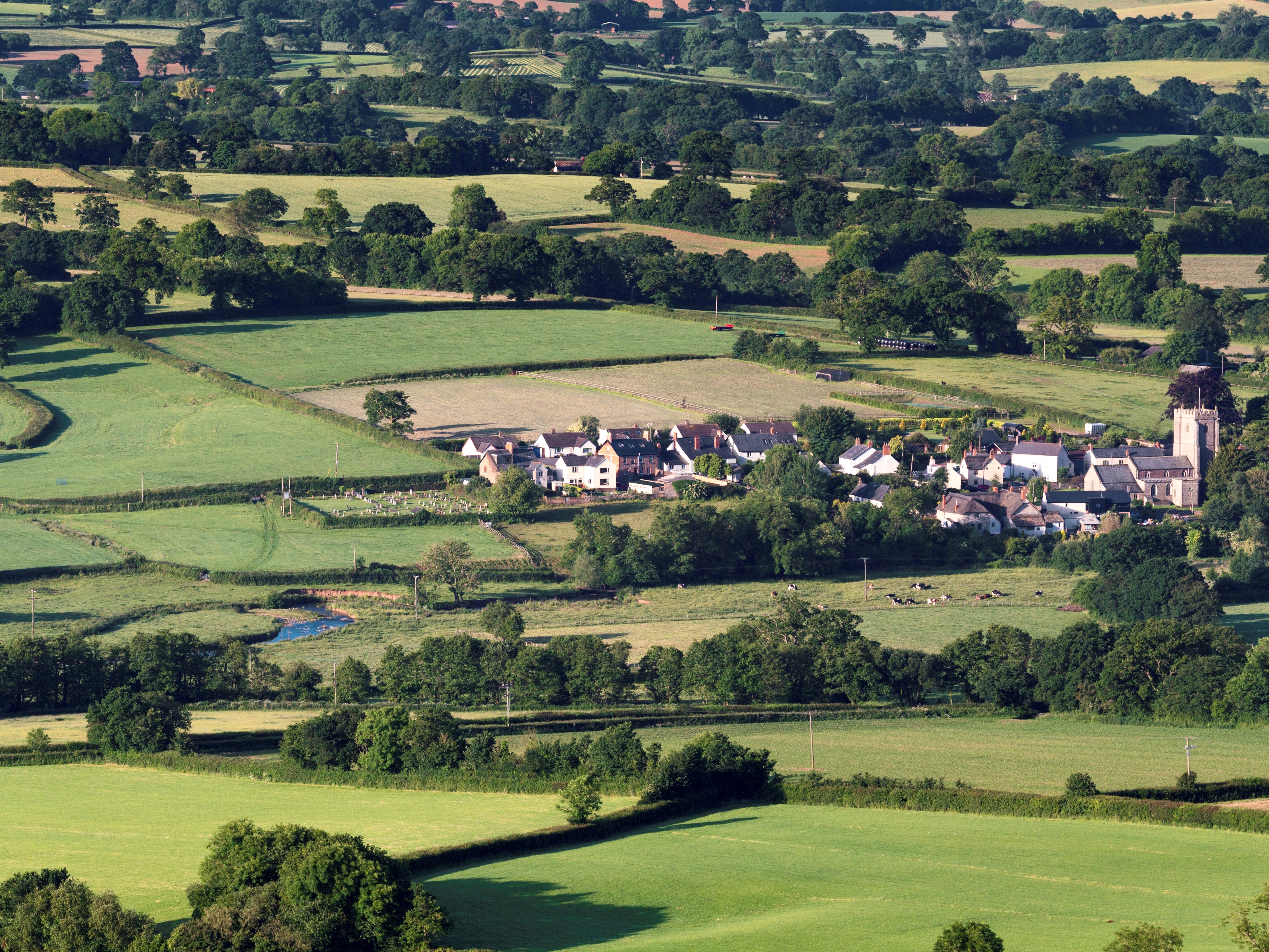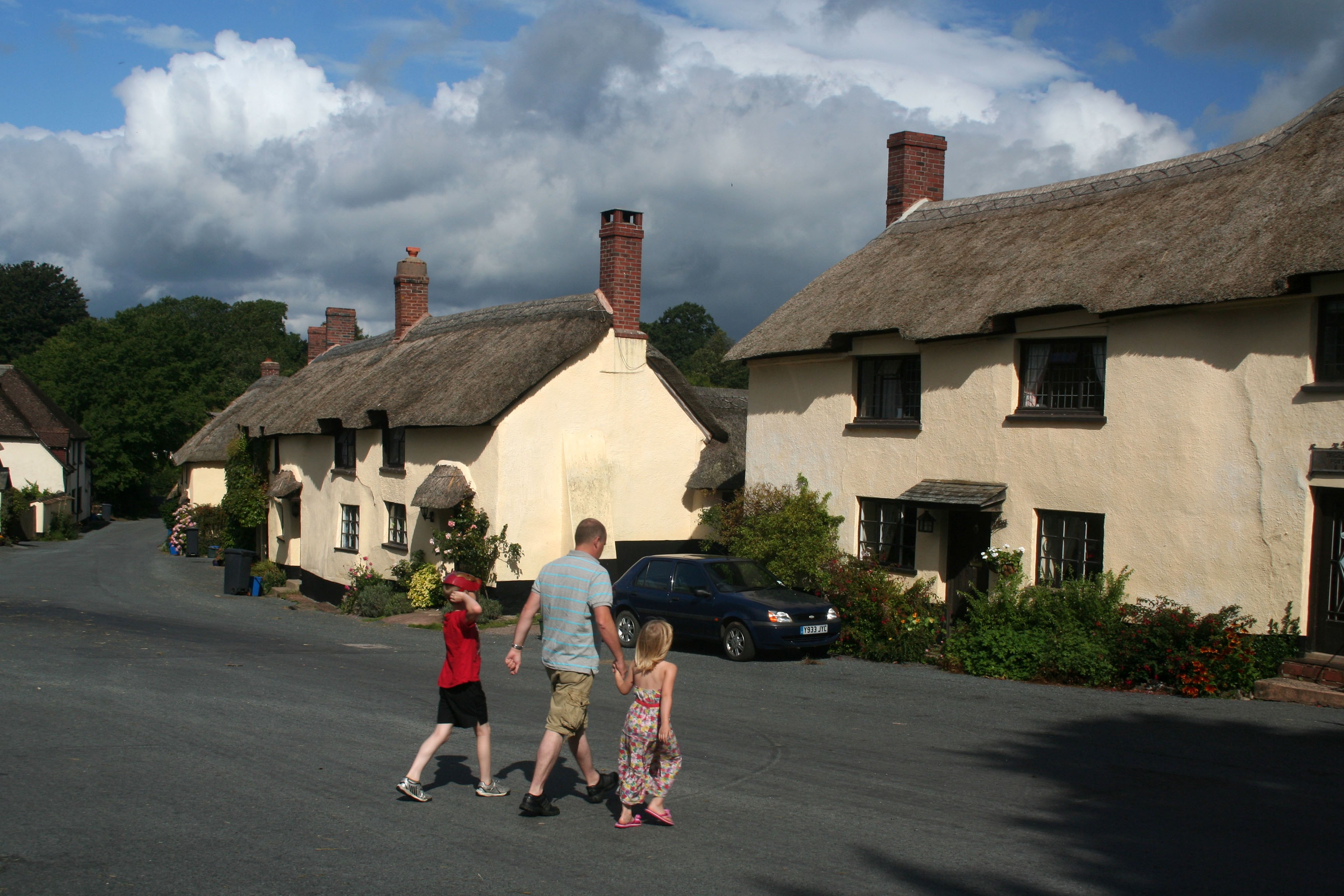The making of the Blackdown Hills AONB
When the idea of Area of Outstanding Natural Beauty (AONB) designation was first mooted for the Blackdown Hills, it is fair to say that the idea wasn’t universally welcomed! Behind this enigmatic, hidden gem of a landscape lay a strong, independent and proud community who needed persuading about the benefits of most things. It was my great pleasure to get to know this community and to develop a management plan for the AONB with rather than for them. Recognising the Blackdown Hills as a nationally important landscape would eventually win local support through a process of listening, respecting and collaborating.
Some local people feared interference from rules and regulation being imposed, whilst others could see AONB designation as a tool to help safeguard and foster the distinct landscape, heritage and culture of the area. Much credit should go to Wendy Pettigrew, the tenacious Countryside Commission Officer who was determined to secure the formal designation. To reassure resistors to the designation, around the same time the Blackdown Hills were also designated an Environmentally Sensitive Area and a Rural Partnership established. This ensured support for economic as well as the traditional landscape management activities of the area – recognition of the joint funding it received from the Countryside & Rural Development Commission.
In 1993, I was dispatched from County Hall in Exeter by Richard Butler. Armed with an OS Map and the keys to an office in the White House Annex in Stockland, I was to begin the process of producing the first Blackdown Hills AONB Management Plan. Recognising the mixed response to the designation, the Countryside Commission and local authority partners were open to (what were then) new and innovative approaches to community dialogue and participation. Little of the natural and cultural assets of the area had been documented and the community focused approach taken for the AONB Management Plan led to a rush of discoveries, awareness raising and practical initiatives. This early work would go on to safeguard and celebrate the diverse natural and historic heritage assets of the Blackdown Hills – Roman iron workings, second world war airfield graffiti, historic farmsteads, enclosure hedgerows and Turbaries. There was even a project that collected traditional folk songs, unearthing a little known broom dance!
Building the AONB Management Plan from conversations at village fetes and in village halls was an enormous pleasure and privilege. Pulling all the threads together, the Blackdown Hills AONB Management Plan was launched in 1995 by Cllr David Gordon at Buckland St Mary Village Hall with over 100 local people turning out to celebrate this unique, first of its kind plan, produced through extensive community consultation.
On the back of the Management Plan, a European LEADER+ funding bid would soon follow securing £1.5m to support the programme of economic and environmental initiatives that had grown from the local approach to defining issues and needs. During my 10 years in the Blackdown Hills I never tired of the special qualities of the hills and felt honoured to get to know and work alongside local characters who were generous, knowledgeable and enthusiastic about their new Area of Outstanding Natural Beauty.








